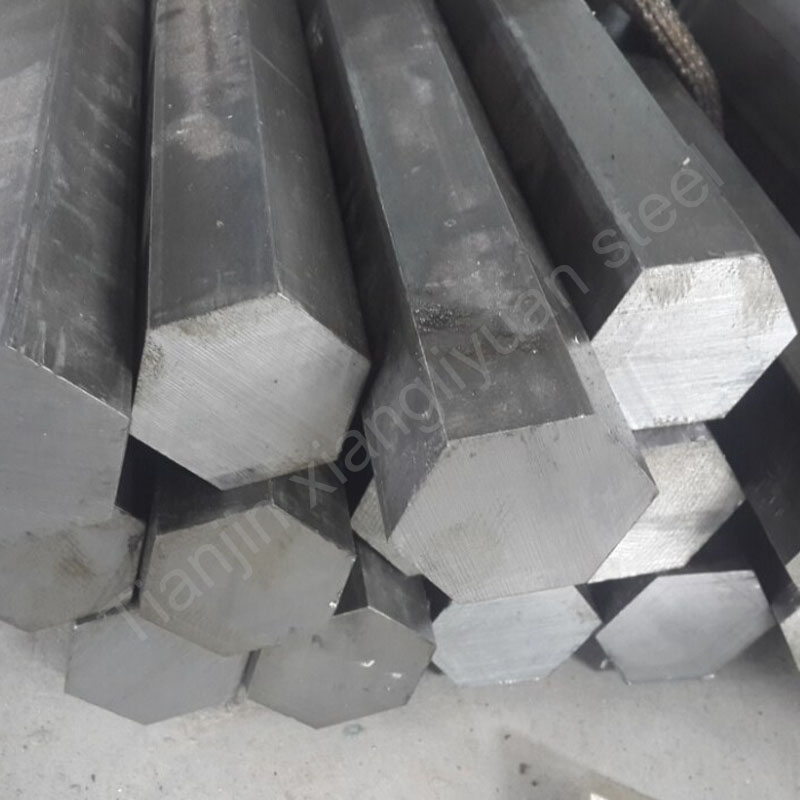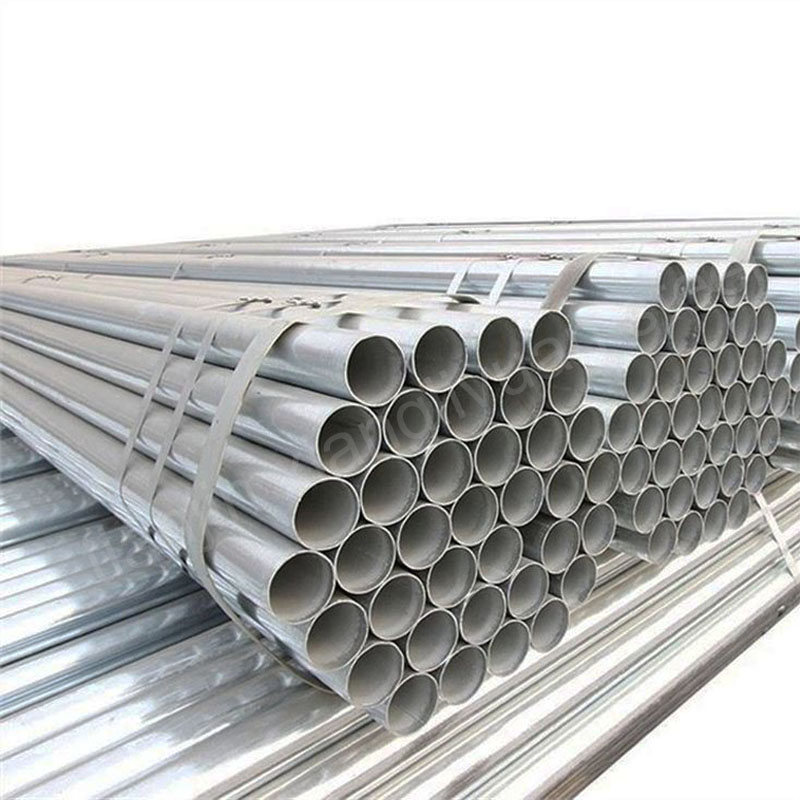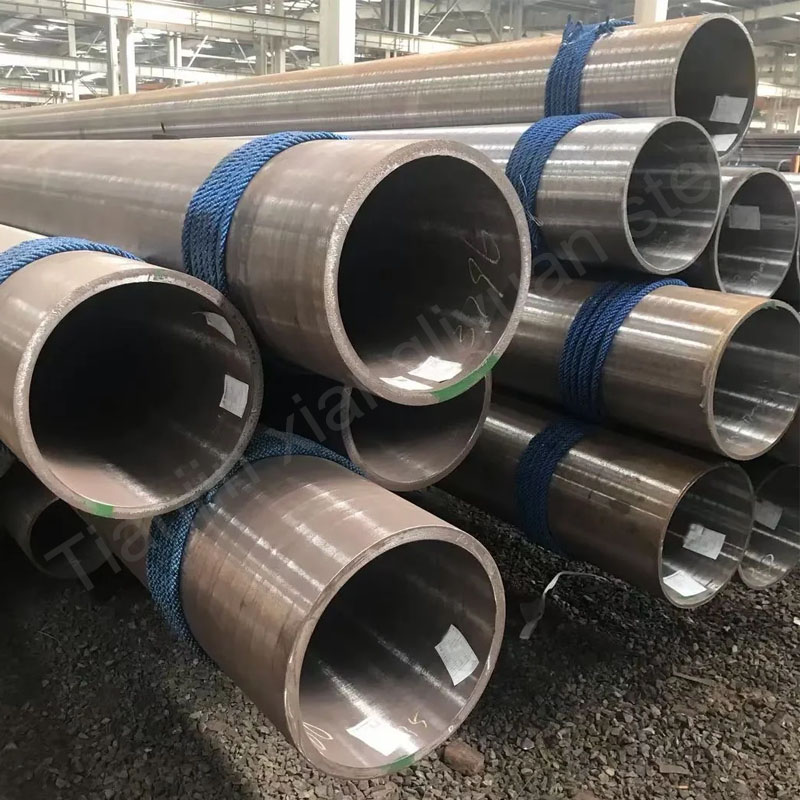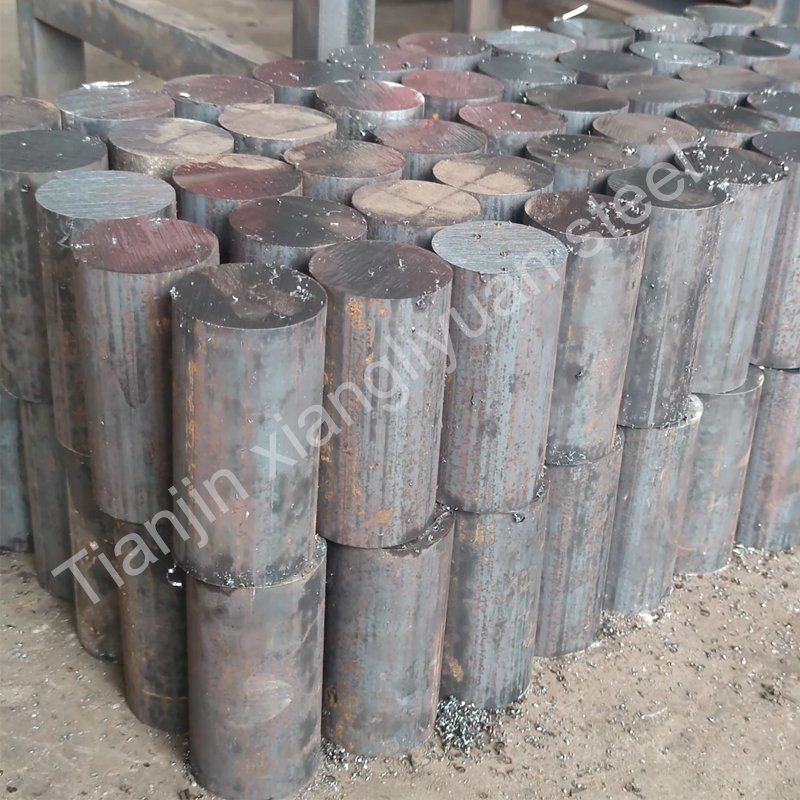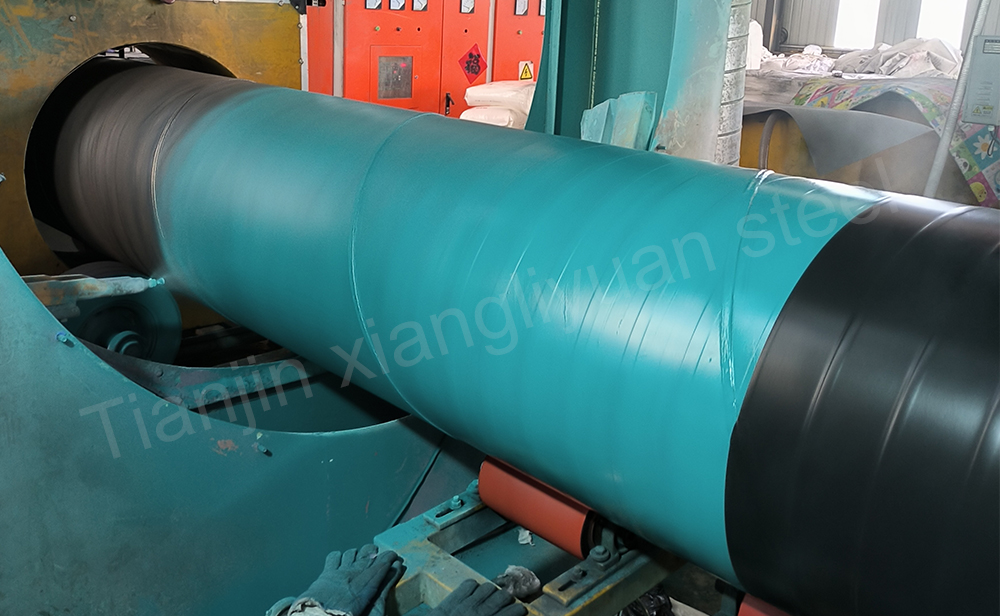Q235 is a common carbon structural steel widely used in China. In the 88 version, Q235 is divided into four grades: A, B, C, and D according to quality grade. In addition to the composition (mainly the element content changes, with the increase of the grade, the S and P requirements are lower). In terms of mechanical properties, grade A only guarantees conventional tensile strength, yield strength and elongation, grade B begins to increase 180-degree cold bending and room temperature impact energy, grade C guarantees 0℃ impact energy, and grade D guarantees -20℃ impact energy, and the minimum value is 27J. However, it is generally not easy to purchase grade C on the market, and grade D is even more impossible. Most of them are replaced by grade B after passing the composition and performance re-test to meet the requirements of grade C. Since it is a low-carbon steel, it can be used in production without heat treatment. Q represents yield point, and 235 represents yield strength. It has good plasticity and weldability.
Q235 steel can be replaced by equivalent materials, including A36 American ASTM, Q235 Chinese GB/T and SS400 Vietnamese/Japanese JIS.
The yield value of Q235 decreases with the increase of material thickness. Due to its moderate carbon content, comprehensive and sufficient performance, strength, weldability and plasticity are also quite good. It is mostly rolled into steel plates, bars, steel bars and angle steels, and is most widely used in the engineering and construction industry.
Q235 steel meets the standards of the People’s Republic of China. Carbon steel used for special projects and purposes, such as ship and bridge steel, is usually expressed as carbon structural steel. However, letters indicating the intention and purpose will be included at the end of the steel grade. Although the mechanical properties of Q235 grade steel plates are lower than those of A36 materials, these materials can usually be substituted for each other as long as there are no special requirements and needs. If only the mechanical properties of the materials are considered, Q235 and A36 are generally considered to be similar to high-quality carbon structural steel.
Q235 not only has toughness, weldability and excellent plasticity, but also has excellent cold bending performance while maintaining strength. It is very suitable for welded structures, including plant buildings, steel bars, towers, boilers, bridges, containers, vehicles, etc. Q235 can also be used as mechanical parts such as brackets, force rods, nuts, connecting rods, brackets and other components. Q235 and different grades of steel plates can be cut according to specifications.

